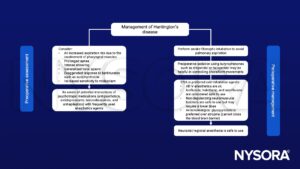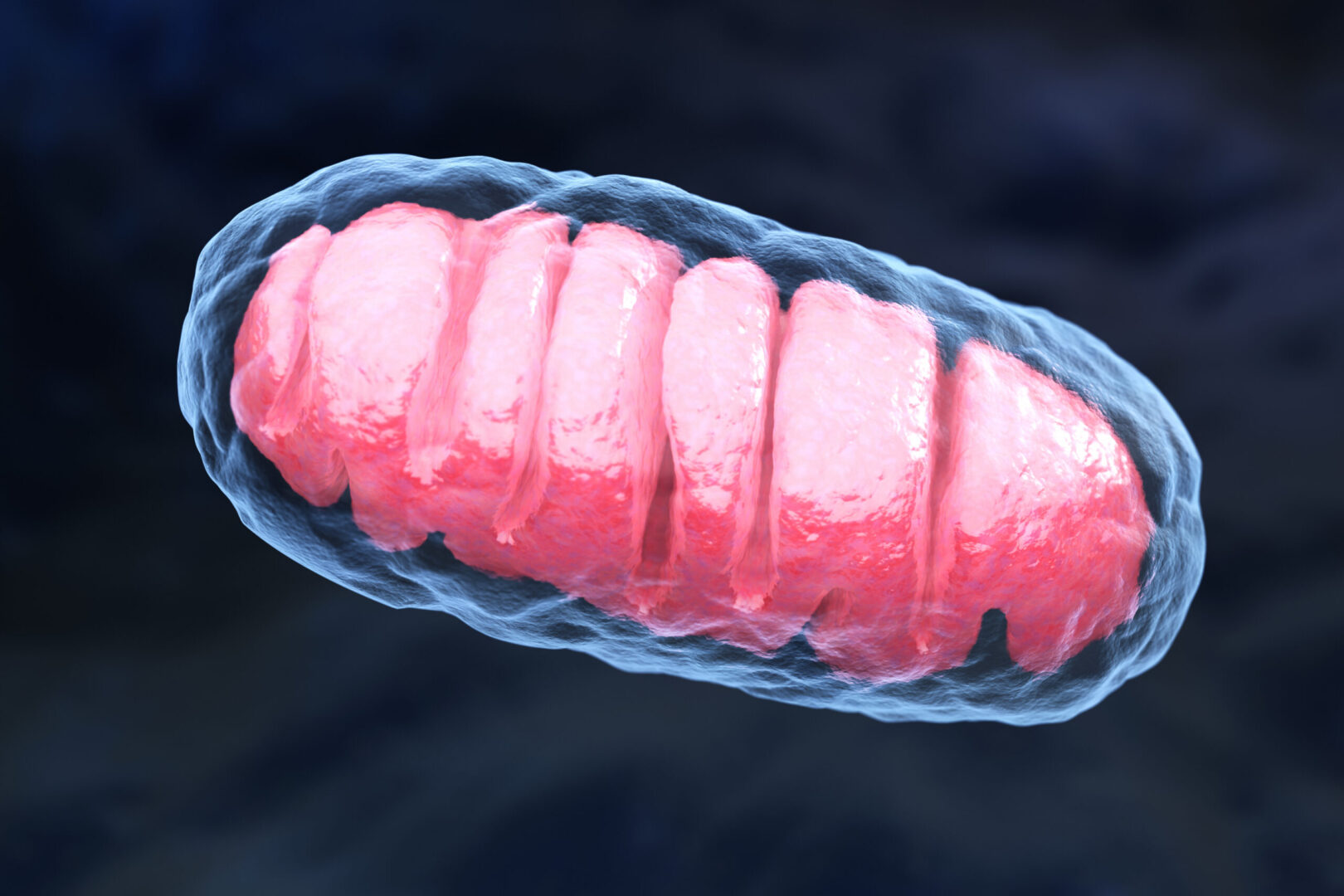Learning objectives
- Describe Huntington’s Disease (HD)
- Management of HD
Definition and mechanisms
- Huntington’s disease (HD) is an autosomal dominant genetic disease that causes the progressive degeneration of nerve cells in the brain
- HD results in an increased production of a mutant protein, Huntington
- This protein initially leads to cell loss and atrophy
- The disease attacks areas of the brain that help to control voluntary (intentional) movement, as well as other areas
- People living with HD develop uncontrollable dance-like movements (chorea) and abnormal body postures, as well as problems with behavior, emotion, thinking, and personality
- Adult-onset Huntington’s disease is the most common form of Huntington’s disease
- People typically develop the symptoms in their mid-30s and 40s
- Early-onset Huntington’s disease is developed in rare instances by children or adolescents
Signs and symptoms
The symptoms usually start at 30 to 50 years of age, but can begin much earlier or later:
- Difficulty concentrating and memory lapses
- Depression
- Stumbling and clumsiness
- Involuntary jerking or fidgety movements of the limbs and body (chorea)
- Mood swings and personality changes
- Irritability
- Hallucinations, paranoia, and psychosis
- Problems swallowing (dysphagia), speaking, and breathing
- Muscle problems, such as rigidity or muscle contracture (dystonia)
- Slow or unusual eye movements
- Impaired gait, posture, and balance
- Full-time nursing care is needed in the later stages of the condition
In children, the symptoms often include Parkinson disease‒like features such as:
- Slow movements
- Rigidity
- Tremors
Diagnosis
- Neurological examen
- Family history
- CT, MRI, or PET
Management

Suggested reading
- Batra A, Sahni N, Mete UK. Anesthetic management of a patient with Huntington’s chorea undergoing robot-assisted nephron-sparing surgery. Indian J Anaesth. 2016;60(11):866-867.
- Kang JM, Chung JY, Han JH, Kim YS, Lee BJ, Yi JW. Anesthetic management of a patient with Huntington’s chorea -A case report-. Korean J Anesthesiol. 2013;64(3):262-264.
We would love to hear from you. If you should detect any errors, email us customerservice@nysora.com







